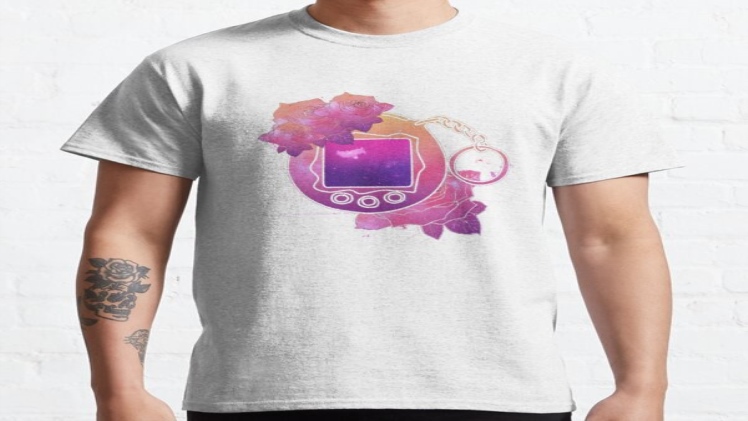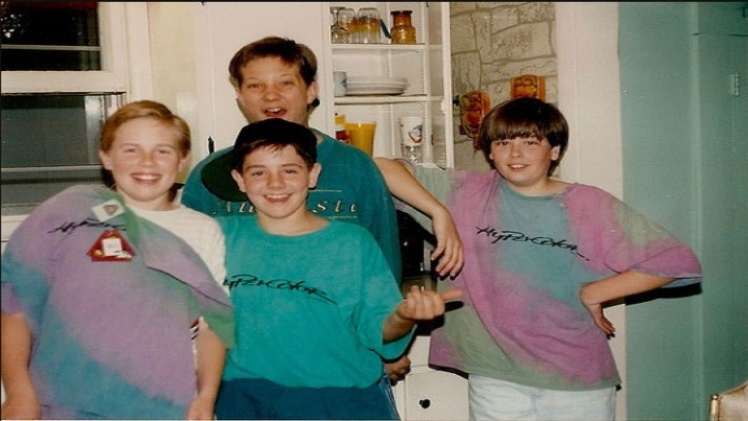There is something about the clothing line for young people that can show the outward signs of adversity. For example, a shirt that changes colour with a person’s sweat will look like a teenager doesn’t want to wear it. Yet the clothing company has hit gold with the generic Hypicroller, their patented process of dyed thermochromic clothing line allowing the cotton fabric to respond to spikes in the wearer’s body temperature.
It wasn’t just sweating. If someone puts their hand on the top of the shirt, they will leave a handprint that will look almost annoying. The hugs would collect colour lines on the back. It even changes colour due to breathing on the fabric. It was an interactive “mood” dress, and for a short time in 1991, it was one of the most popular clothing trends.
 It respond to the wearer’s emotions or behaviour are not new ideas
It respond to the wearer’s emotions or behaviour are not new ideas
Products that respond to the wearer’s emotions or behaviour are not new ideas. In 1975, a “mood ring” was introduced using colour-sensitive liquid crystals that changed colour depending on the user’s mood. Soon, mood lipsticks began to appear on cosmetic isles. The frizzy freckles of a line of winter gloves took shape in the winter weather, gripping the nation in the 1960s.
Read more about Pii-email
By visiting the site you know this Pii-email
Fridge Frackies used thermochromic ink, a method of changing the look of hyper colour garments to the genre concept, founded by a former executive of the Britannia clothing label in the 1980s, after a process developed by the Japanese chemical company Matsui Shisiso. First, a permanent dye was used as a cotton garment-blue. A thermochromatic dye will then be added, with the microcapsules bonded to the fabric. The dye was usually made of leuko dye, which appears colourless with acid and salts dissolved in fatty alcohol called 1-dodecanol.

